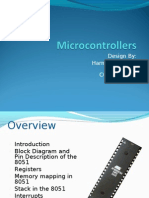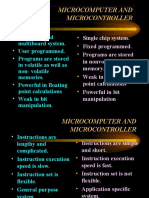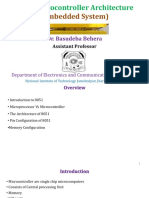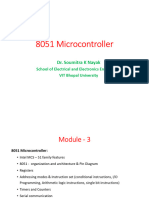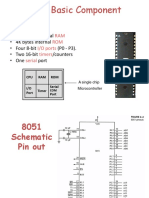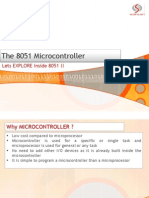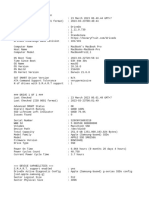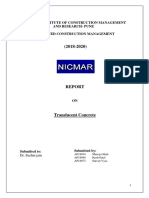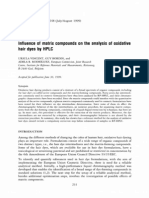0% found this document useful (0 votes)
12 views37 pagesMicro Controllers
The document provides an overview of microcontrollers, specifically focusing on the 8051 architecture developed by Intel in 1981, detailing its components such as the CPU, memory, buses, and registers. It explains the functionality of various registers, interrupt handling, and addressing modes used in the 8051 microcontroller. Additionally, it describes the parallel I/O ports and their configurations for interfacing with peripheral devices.
Uploaded by
SANAPALA UMAMAHESWARARAOCopyright
© © All Rights Reserved
We take content rights seriously. If you suspect this is your content, claim it here.
Available Formats
Download as PDF, TXT or read online on Scribd
0% found this document useful (0 votes)
12 views37 pagesMicro Controllers
The document provides an overview of microcontrollers, specifically focusing on the 8051 architecture developed by Intel in 1981, detailing its components such as the CPU, memory, buses, and registers. It explains the functionality of various registers, interrupt handling, and addressing modes used in the 8051 microcontroller. Additionally, it describes the parallel I/O ports and their configurations for interfacing with peripheral devices.
Uploaded by
SANAPALA UMAMAHESWARARAOCopyright
© © All Rights Reserved
We take content rights seriously. If you suspect this is your content, claim it here.
Available Formats
Download as PDF, TXT or read online on Scribd
/ 37










